The definitions below roughly follow the order of appearance in the story and are organized by chapter. Most of our medical and surgical terminology derives from Greek or Latin, so anything that is italicized originated from one of those two languages. WARNING: there are a handful of graphic photos, so proceed with caution.
CHAPTER 41
Aerobic: living, acting, or occurring in the presence of oxygen. In the case of bacteria, it pertains to those organisms that prefer environments with a high oxygen tension.
Anaerobic: living, acting, or occurring in the absence of oxygen. Those bacteria that thrive in a state of low oxygen tension are referred to as anaerobic bacteria, or anaerobes. An abscess (collection of pus) that consists primarily of anaerobic bacteria is designated an anaerobic abscess, and there aren’t too many things that smell worse.
Empyema: A bacterial infection within the lung is a pneumonia. When you get a bacterial infection outside the lung, in the pleural space, it inevitably develops into an abscess, and this is referred to as an empyema.
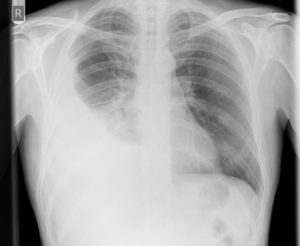
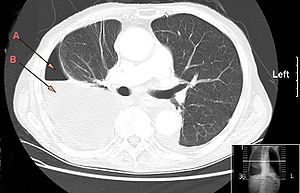
Clostridium perfringens: This anaerobe is a particularly bad actor. C. perfringens releases an alpha toxin that causes necrosis (death) and putrefaction of muscle, fat and skin, and the formation of gas bubbles within the decomposing tissues—a constellation of findings known as gas gangrene. Gas gangrene is destructive, it spreads rapidly, and if the alpha toxin enters the bloodstream, it can cause death in a matter of hours. Treatment consists of aggressive debridement, and often, if the patient is septic (toxins in the blood), immediate amputation of the affected limb.
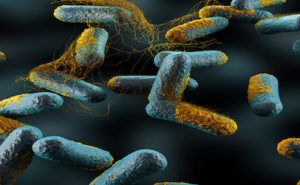
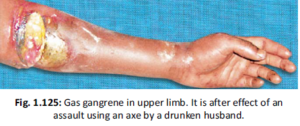
CHAPTER 43
First-degree burn: First-degree (superficial) burns affect only the epidermis, or outer layer of skin. The burn site is red and painful but does not blister. Mild sunburn is an example.
Second-degree burn: Second-degree (partial thickness) burns involve the epidermis and part of the dermis layer of skin. The burn site appears red, blistered, and may be swollen and painful.
Third-degree burn: Third-degree (full thickness) burns destroy the epidermis and dermis and may go into the subcutaneous tissue. The burn site appears white or charred.
Fourth-degree burn: Fourth-degree burns also damage the underlying bones, muscles, and tendons. There is no sensation in the area since the nerve endings are destroyed.
Inhalation injury: Smoke inhalation is the leading cause of death due to fires. It produces injury through several mechanisms, including thermal injury to the upper airway, irritation or chemical injury to the airways from soot, toxicity from carbon monoxide and other gases such as cyanide, and asphyxiation due to swelling (edema) of the airway.
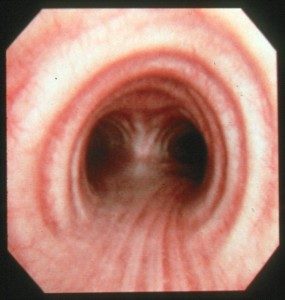
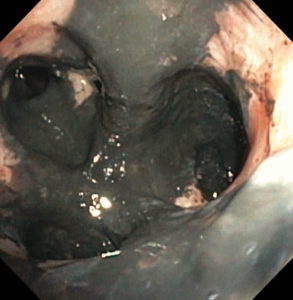
Gauze dressings: a roll of Kerlix brand gauze, and 4 inch square gauze pads.

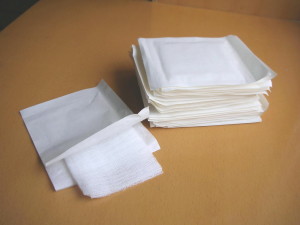
NG or nasogastric tube: a long plastic tube inserted through the nose, advanced down the esophagus and into the stomach. When connected to a suction canister, it will empty the stomach. In layman’s terms, this is known as pumping the stomach.
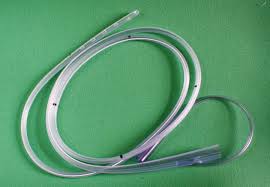
CHAPTER 44
Cellulitis: inflammation of the surface layer of the skin. It is red and can be very warm to the touch.
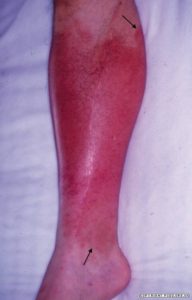
Abscess: a collection of pus. Since antibiotics cannot penetrate deep into an abscess cavity, they require surgical drainage (unless they drain spontaneously).
Necrosis: tissue death. Necrotic tissue is most often debrided in order to enhance wound healing and limit the spread of infection. However, if not infected, necrotic fingers and toes will often be left in place, and given time they will auto-amputate.
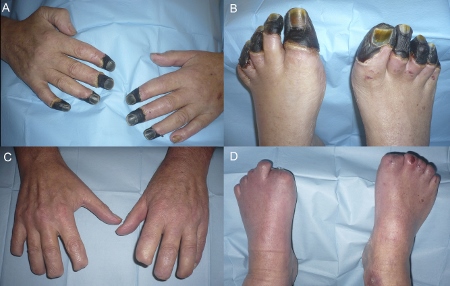
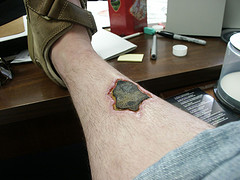
Bulb syringe: essentially a turkey baster. It is very useful for irrigating wounds and abscess cavities that have been drained.

Forceps: medical term for tweezers or pincers. DeBakey forceps are just one of many designs.
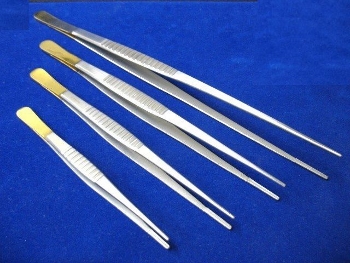
Iodine gauze strip: long strips of iodine impregnated gauze that can be packed into deep, narrow cavities, such as the bullet tract of a gunshot wound.
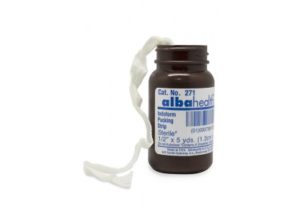
CHAPTER 70
Linear skull fracture: This is a nondisplaced fracture of the skull that does not require surgical intervention, unlike the depressed skull fracture, which requires surgical elevation of the depressed fragments of bone.
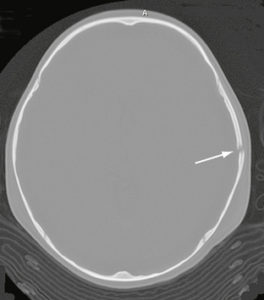
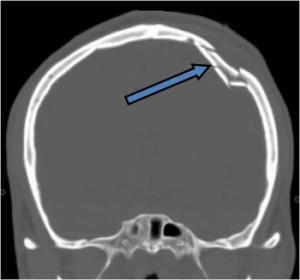
CHAPTER 72
Emaciated: thin, skeletal, bony, gaunt, wasted. Usually from severe illness or lack of food.
Kidney basin: This handy item is ubiquitous in the hospital setting. It is most useful for keeping blood, phlegm, and vomit off the patient and his or her bed linens.
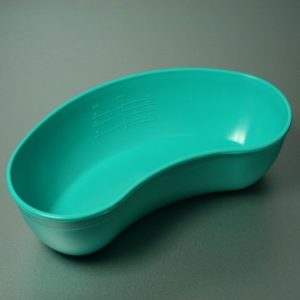
Cavitary TB: Tuberculosis is a granulomatous disease of the lungs, meaning the Mycobacterium tuberculosis bacteria initially form nodules of infection (granulomas) in the lung tissue. Over time, however, the bacteria destroy the infected lung tissue, leading to the development of cavities, or cavitary lesions. The only way to treat cavitary TB is surgical resection of the involved lobe (lobectomy), and often the entire lung (pneumonectomy).

CHAPTER 75
Anatomy of the Mediastinum: The mediastinum is the central area of the chest that sits behind the sternum and between the lungs. It contains the heart, the cardiac vessels, the trachea and its mainstem bronchi, and the esophagus. This is a crowded place with many vital structures. Most penetrating trauma (gunshot and stab wounds) to the mediastinum results in life-threatening injuries that require immediate surgical intervention. And it is easy to see how a stab wound to a major artery or vein, that also communicates with the trachea or a large bronchus, could lead to massive hemoptysis (coughing up of blood) and exsanguination (fatal blood loss) of the patient.
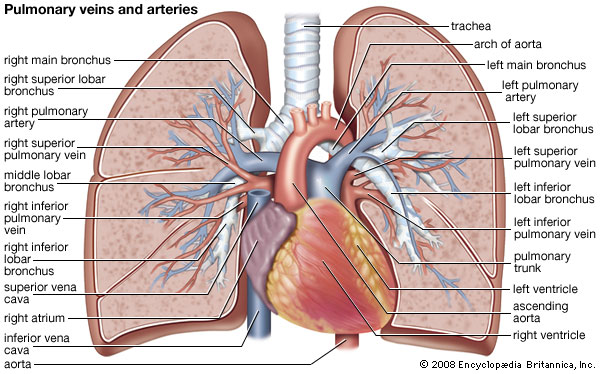
CHAPTER 81
Midleton Irish Whiskey: If you like Irish whiskey, and you can afford to spend $150 + on a bottle of booze, I highly recommend it.
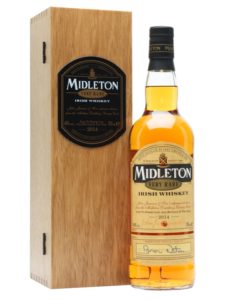
And if you are sipping Irish whiskey, you might as well listen to some U2. For me (and David McBride), this is one of U2’s most beautiful and moving songs.
And with that, the Organ Growers glossary comes to a close. Cheers.
